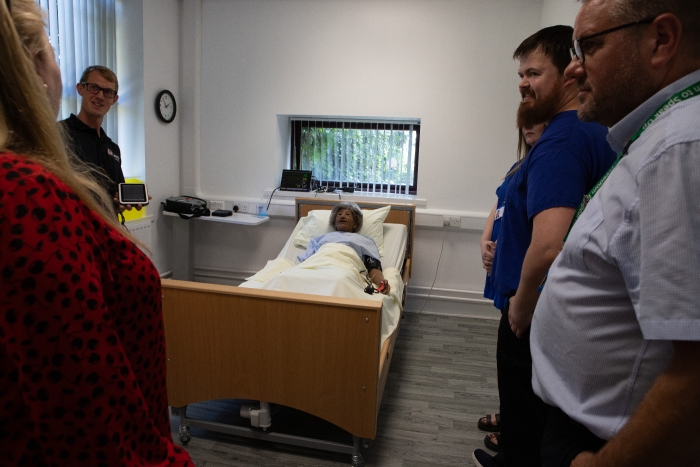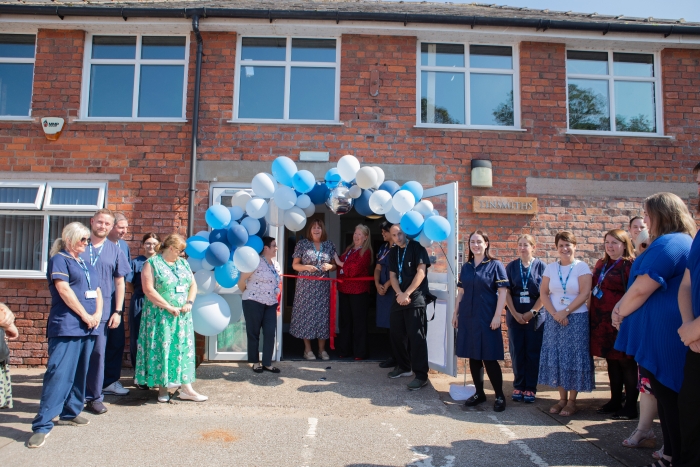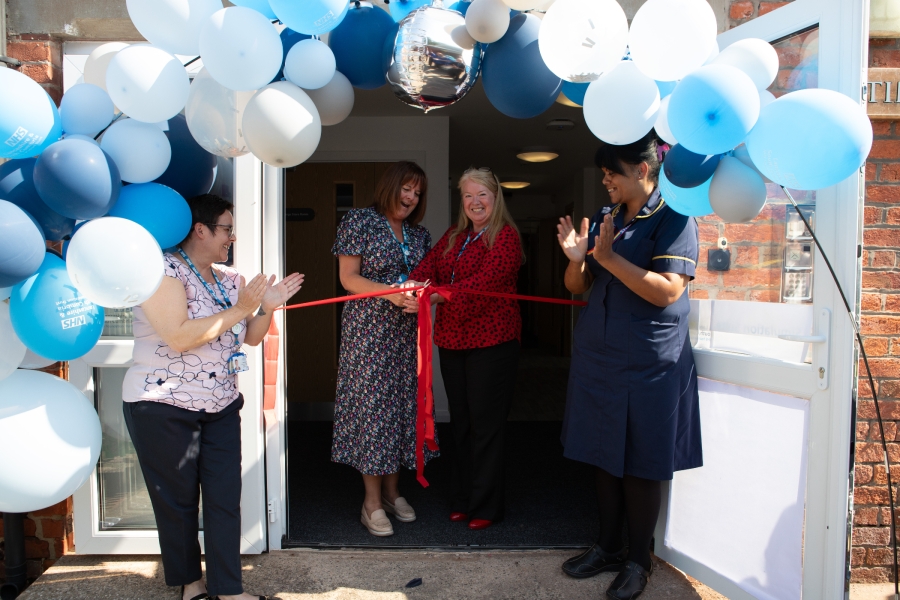Staff at the Trust will be able to train for real-life scenarios in a safe environment using their new simulation suite.
It’s the first facility of its kind for the Trust and will be used by staff, including students, as part of their ongoing training and development.
The suite, based at Guild Lodge in Whittingham, features two classrooms and three simulation training rooms including a mock inpatient bedroom, lounge, treatment room with a manikin patient, affectionately named ‘grandma,’ who can talk and cough amongst many other realistic features.

‘Grandma’ can be programmed to slowly deteriorate, allowing staff to identify warning signs and intervene at the right time and recognise impact of actions.
The simulation rooms are equipped with cameras, two-way mirrors and microphones so staff can be observed by the trainers and others and communicated with as they conduct their training/scenarios. This allows watch back to identify learning and areas for development.
 The simulation rooms have been designed to look and sound as realistic as possible, with clinical equipment such as defibrillators, patient monitors and emergency buzzers.
The simulation rooms have been designed to look and sound as realistic as possible, with clinical equipment such as defibrillators, patient monitors and emergency buzzers.
The suite was officially opened today (Monday 4 September) and staff and suppliers, who designed and installed the hardware infrastructure, were able to visit to see it in action.
Amanda Miskell, Associate Chief Nurse at LSCft, said:
“It’s great to see the simulation suite up and running after months of planning and preparation. It will be a fantastic resource for staff who will be able to get a simulated experience in a ‘state of the art’ environment”.
Simulation suites are commonplace in acute hospitals and some universities, and it is fantastic to have one here at LSCft, which has been designed specifically for mental health, learning disability and community physical health colleagues, where the scenarios are difficult to replicate in a traditional classroom or online learning environment. I’m confident from previous experience, the simulation suite will support staff and patient safety, and I’m excited to see it succeed. Thank you to all colleagues who have helped make this happen.”

